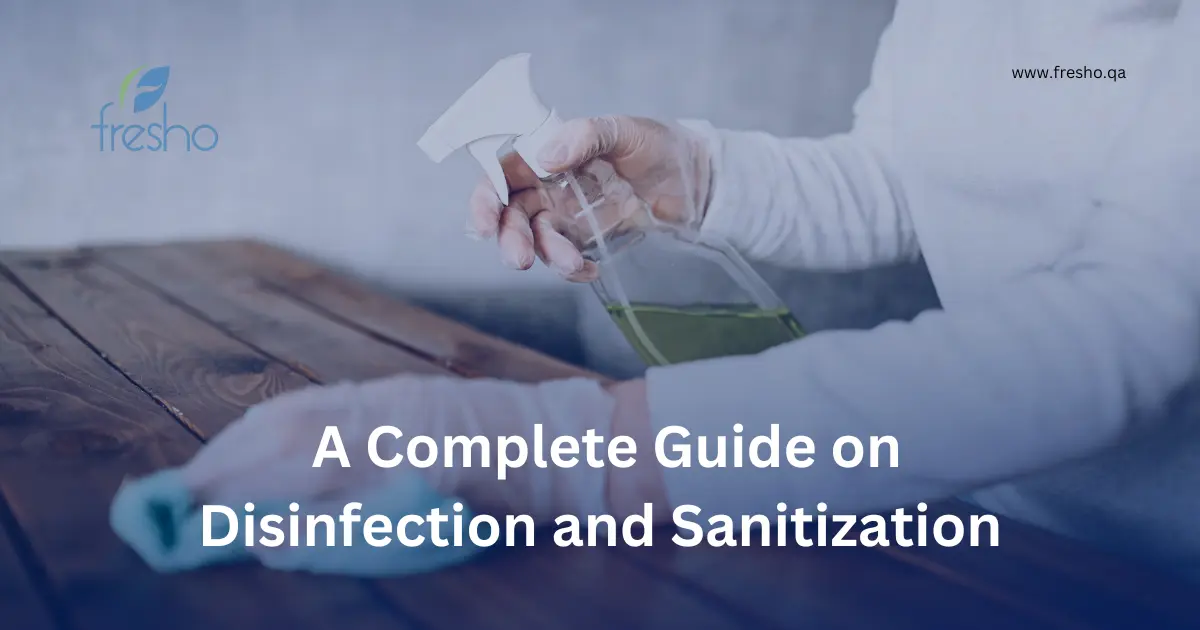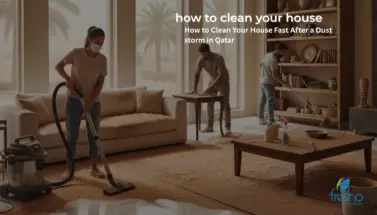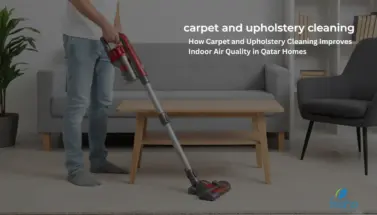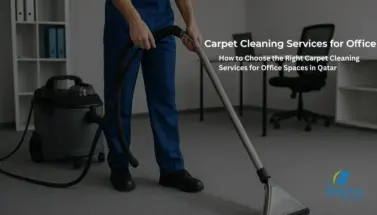A Complete Guide on Disinfection and Sanitization

A Complete Guide on Disinfection and Sanitization
What is Disinfecting?
Disinfecting surfaces eliminates or renders the bacteria and viruses listed on the product’s label inactive. The only products that the EPA has licensed to destroy viruses on hard surfaces are disinfectants. One of the most effective strategies to prevent the spread of bacteria and infections is to disinfect, yet not all disinfectants are made equal. The globe is currently struggling with an emerging disease, which is a virus that has never been seen before. To disinfect against COVID-19, only disinfectants that make claims about emerging pathogens should be used. The EPA’s N-List includes these disinfectants.
Disinfectants can be used, but they must contain chemicals that are safe for food, even though sanitisers are more commonly used on surfaces that come into contact with food.
Disinfection in cleaning
Cleaning is a crucial initial step in ensuring that the majority of germs are removed from surfaces in your house. Cleaning surfaces in your home with household cleaners that contain soap or detergent will get rid of dirt and bacteria while lowering the chance of infection. Most dangerous germs and viruses can be eliminated from surfaces by cleaning alone. Prior to being sanitized or disinfected, surfaces should be cleaned since dirt and other impurities might hinder the ability of chemicals to reach and destroy germs.
After washing, surfaces still containing germs and viruses can be eliminated by disinfecting them. Disinfecting a surface after cleaning reduces the danger of disease transmission even further by eliminating germs. However, unless someone has recently visited or is ill, you typically don’t need to sterilize or disinfect for regular cleaning.
When to Disinfect?
When someone is ill or at a higher risk of becoming sick because of a weakened immune system, disinfect your home in addition to cleaning it (for instance, individuals receiving immune-suppressing medication for cancer, organ transplants, or other illnesses, or those with HIV or immune-system-compromising genetic conditions).
What is Sanitation?
Cleaning a particular area or surface to get rid of any bacteria or viruses that could infect people and cause a variety of ailments is the main act of sanitation.
Stated differently, it’s the process of getting rid of harmful germs without putting human health at risk by the use of chemical treatments. The final product of measuring chemicals and diluting them with water or other diluting agents is a disinfectant. Heat and other methods can also be used to do this, albeit they cannot be employed in every circumstance.
Different types of Sanitization
There are different ways people are utilizing sanitisers.
- Antimicrobial sanitization
- Chemical sanitization
- Foam cleaning sanitization
- Thermal sanitization
- Pressure cleaning sanitization
A home should be thoroughly cleaned, sanitized, and disinfected to guarantee both your safety and the cleanliness of the space. Although completing one phase of the process can provide your house with a sense of security, it won’t be sufficient to eradicate dormant viruses. You may use the disinfection services in Qatar offered by Fresho Cleaning Services in Doha to give your house a full and in-depth cleaning that helps eliminate any potential dangers. Read our blog post about this service to find out more about the disinfection procedure used by Fresho. The offices Fresho cleaning services in Doha, Qatar are dispersed around Qatar.
Are you trying to find the Top cleaning services company in Qatar? Fresho is the only place to look! In Qatar, Fresho is considered the top cleaning business. Our team of specialists and professionals takes the utmost care to keep your home and business spaces clean and fresh for an extended period of time.
Get a quotation right away!
You can schedule a cleaning appointment by contacting us at 7741 6002 or by completing the form below.
Latest Blog


How Carpet and Upholstery Cleaning Improves Indoor Air Quality in Qatar Homes
Learn More


